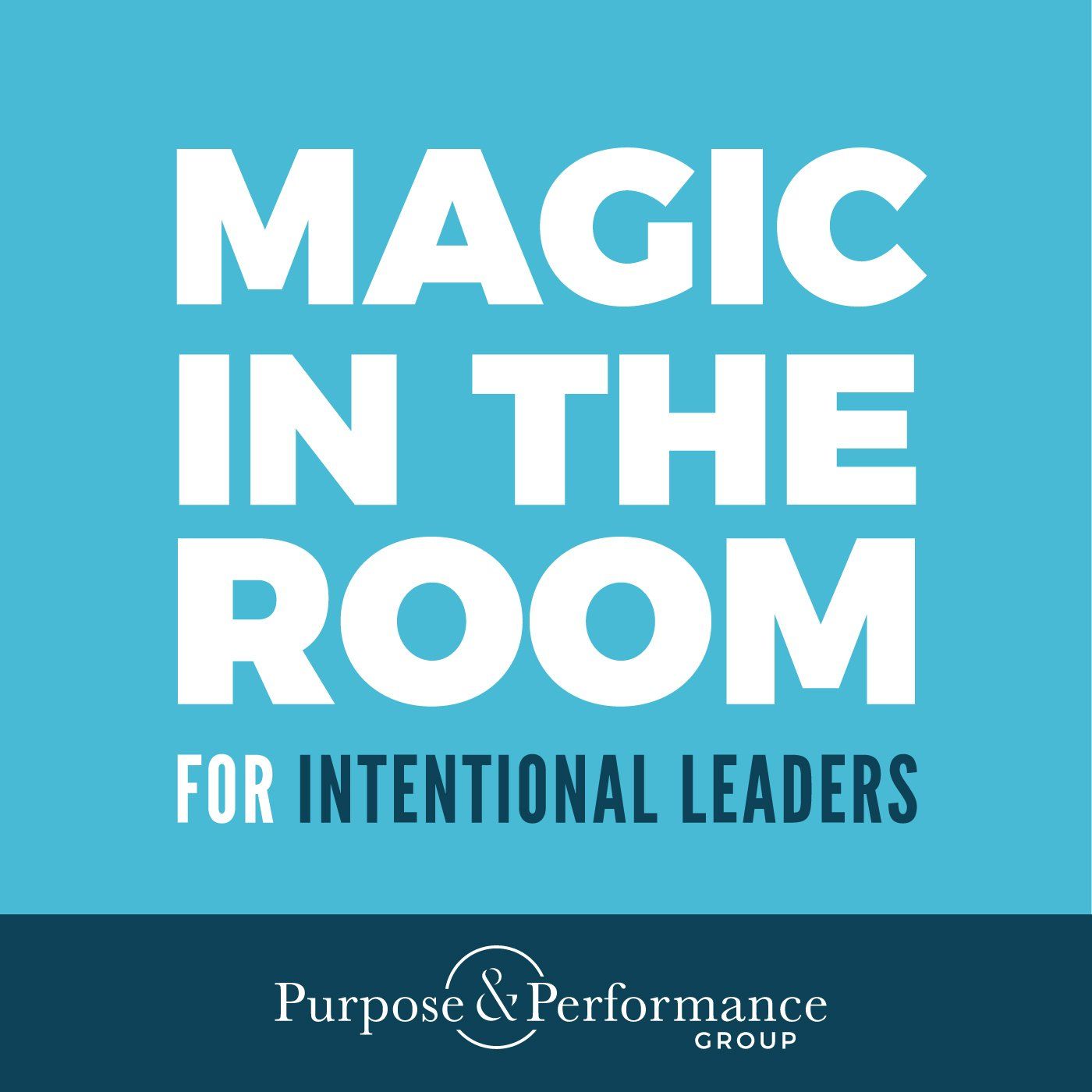Five Powerful Ways to Transform the Customer Experience
Treating Customers as Guests
When was the last time you felt that someone really noticed you?
I mean, not simply what you look like or something you did or didn’t do, but they saw you, they heard you, they “got” who you are and what you are about, they noticed you as a person, a human being…
Perhaps they saw the potential in you and they called it out. Which made you somehow want to live up to that potential. Maybe you went to college because of a teacher who saw something in you. Maybe you decided to learn something new or go deeper into an area you were already naturally good at because of a supervisor who recognized an area of strength in you, and encouraged you to step it up.
What we all want is to feel seen, heard, and understood. When we can help our clients and customers feel that way, their experience with our brand soars.
Our customers want to live up to their potential. When they see themselves as a healthier, wealthier or wiser version of themselves through the lens of our brand, and they see our brand as a vehicle for transformation into the kind of person they want to be, they not only become loyal followers, they become our advocates.
When we enter a store, eat in a restaurant, check in to a hotel, attend an event or buy something online, subconsciously, we are looking for a feeling . A feeling of connection, of being valued, of being accepted and appreciated. A feeling of belonging.
We may think we are looking for a specific item that we need in a retail shop, a place to lay our head down at the end of a day of travel or business meetings when we check in at the hotel, or that we are browsing the online store to make a transaction of some kind. Those are the rational reasons that may have brought us to that point.
But, once we get that far, what causes us to make a decision to buy something, or to come back and visit the restaurant or hotel again, is always related to how we feel about our experience.
“People will forget what you said, forget what you did, but people will never forget how you made them feel.” – Maya Angelou
Offering G.U.E.S.T. Service
The G.U.E.S.T. Service framework presents five powerful ways to be of service in a meaningful way, that people will never forget. It is a way of understanding service that is rooted in empathy and connection, that allows our customer to feel like an important guest, someone worthy of respect, love and belonging.
framework presents five powerful ways to be of service in a meaningful way, that people will never forget. It is a way of understanding service that is rooted in empathy and connection, that allows our customer to feel like an important guest, someone worthy of respect, love and belonging.
It is a framework that puts purpose at the forefront. When successfully deployed, it will ignite transformation for our client guests, which in turn creates loyalty and transformational performance for our brand.
Greeting with Empathy
“The deepest craving of human nature is the need to be appreciated.” – William James
The way we greet someone creates an immediate and lasting first impression. Our brains are hardwired to detect threats, so when we meet a stranger, our brain subconsciously makes an immediate assessment of the situation: is this a threatening or a rewarding situation? Likewise, with people – the brain makes an instant judgment: friend or foe? The default for the brain is to assume every stranger is an enemy, until proven otherwise. The quickest way to disarm this response is to give someone a warm smile.
When we “read” someone’s emotional state by observing their body language, facial expressions, level of energy and urgency, we can match them and “mirror” what we see, which builds connection with the other person. This is empathy in action: to sense what someone else is experiencing, and to show that we understand.
Uncovering Needs
“Seek first to understand, then to be understood.” – Stephen Covey
Really noticing people allows us to anticipate their needs, rather than waiting to be asked. Through the power of observation, we can match and mirror our guests’ emotional states. This helps them to feel seen, heard, and understood, while allowing us to “read their minds” to the extent that we can often anticipate what they want or need before they ask. By then asking good follow-up questions we can verify and confirm these observed needs, and meet them in a highly responsive manner that builds relational meaning and heightens the perception of quality for the customer.
Expressing Gratitude
“Be thankful for what you have; you’ll end up having more. If you concentrate on what you don’t have, you will never, ever have enough.” – Oprah Winfrey
Taking notice of the good around us – intentionally looking for what is good in people and in our lives, helps us to focus in a different way. We begin to see more of what we look for, and where our focus goes, our energy flows. Creating a practice of writing down what we are grateful for every day can literally change our brains and allow us to feel happier and more fulfilled. When we take that a step further and express our gratitude to those around us, those feelings grow. Expressing gratitude with every customer interaction spreads the feelings of joy and positivity, and positively impacts how the customer feels about the interaction.
Sharing Names
“A person’s name is to him or her the sweetest and most important sound in any language.” – Dale Carnegie
Using someone’s name tells them they are important enough for us to notice and remember them. Our name is an important part of our identity – it is a unique identifier for a specific human being, and the main word that when we hear it, immediately makes us pay attention and listen, almost regardless of the situation. Numerous studies have shown how important someone’s name is to the trajectory of their lives, and how we find ways to consciously or subconsciously live up to the promise of our name. Using someone’s name in a conversation is a subtle, yet powerful way to acknowledge their presence and elevate them from an unknown stranger to a known friend.
Teaching Benefits
“Ask more. Tell less. Teach when you can.” – Steve Laswell
By teaching, rather than telling our customers about the benefits and advantages of doing business with us, we build understanding and shared language. Notice that this is the last step in the G.U.E.S.T. Service framework. We don’t start off by telling people about all the great stuff going on today, we first create a connection. By greeting our customers as guests with empathy and a friendly smile, uncovering their needs by observing nonverbal clues and asking good discovery questions, expressing gratitude and sharing names, we begin building relational meaning, one of the key elements of service. Along with our responsiveness to needs and the perceptions formed about the quality of our brand through tangible and intangible clues, this forms the foundation for an exceptional service experience.
framework. We don’t start off by telling people about all the great stuff going on today, we first create a connection. By greeting our customers as guests with empathy and a friendly smile, uncovering their needs by observing nonverbal clues and asking good discovery questions, expressing gratitude and sharing names, we begin building relational meaning, one of the key elements of service. Along with our responsiveness to needs and the perceptions formed about the quality of our brand through tangible and intangible clues, this forms the foundation for an exceptional service experience.
Once this foundation is laid, we can confidently educate our customers about the value of our service, our special offers and the key benefits they should be sure to check out. When those things fit with their image of themselves, their identity and potential, and when they feel seen, heard, and understood by us, they are ready for transformation. They are likely to listen, spend time and money with us, and to return time and again. Our brand becomes a vehicle for them to transform themselves into a better version of themselves, someone who lives up to their potential, and they reward us with their loyalty.
Learn More
To learn more about creating an intentional customer experience, be sure to check out our online
G.U.E.S.T. Service program!
program!
The post Five Powerful Ways to Transform the Customer Experience appeared first on Purpose and Performance Group.


